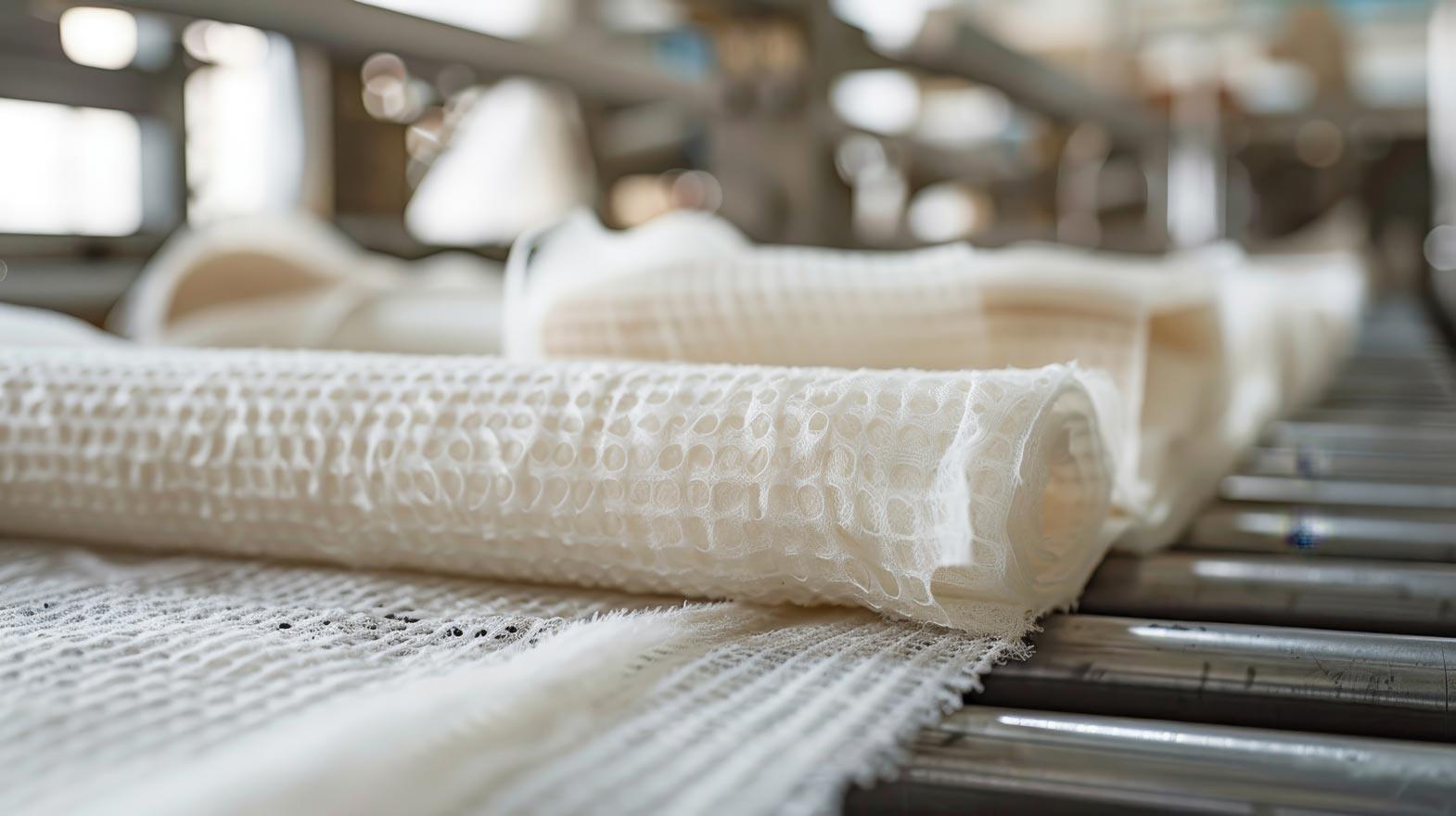Each innovation, at one time or the other, is important for development of the specific sector for which its creation has been initiated. In terms of textile, the limited options of woven or knitted fabric never satisfied the urge of manufacturers to evolve the use of textile in other fields like health care, personal hygiene, construction et al. Thus, the development of nonwoven textile has been a boon not only for the textile industry, but also for several other industries. A glance around the routine commodities will ensure that there is ample use of nonwoven produce. As a matter of fact, the rapid rise in nonwovens mirrors the rise in demand for the products that involve use of the nonwoven textile.
The current global nonwoven industry comprises of 7 million tonnes production. The growth trend of the nonwoven textile indicates higher growth rate in developing regions, following continued industrialisation and rise in personal income of average consumer.
Global demand for nonwovens is estimated to ascend by 5.4 percent annually and will reach the mark of 9.1 million tonnes approximately by 2017. As per The Freedonia Group, Inc, a Cleveland-based industry research firm, the nonwoven market involving the personal hygiene material like adult incontinence products, sanitary napkins, infant diapers and training pants will continue to account for the majority share of nonwovens' demand in 2015.
The reason for escalated demand for personal hygiene products is the fact that the global population is increasing and the average longevity has also witnessed a positive change. The population of developing countries like India, China, Pakistan, etc. comprises of infants and children below 2 years of age. The income of an average middle class household has also gone through a hefty boost. This trend has had a monumental impact on sale of diapers and training pants. This development will ensure that the demand for these products expands in future too. In case of developed regions like the European Union, United States of America, Germany the adult population is on rise, which has strengthened the demand for adult incontinency products.
In Germany alone, the group of people over 80 years of age will triple in the coming five decades and the group of people over 100 years will grow by a factor of 16 so by 2050. Among the fabric, spunmelt nonwoven fabric will enjoy notable growth up to 2017, as this fabric is involved in making items like disposable infant diapers and adult incontinence products. Spunmelt is also used in other nonwoven merchandise like medical products including surgical gowns and lens tissue, disposable cosmetic products like wipes and removers, industrial products like vacuum cleaner bags and beverage items like tea and coffee bags. China is leading the way in spunmelt fabric requirements, along with markets of the Middle East, India and parts of South America.
Nevertheless, though the demand for personal hygiene products is on a constant rise, it is the nonwovens involved in construction sector that are likely to register the most impressive growth. The global demand of nonwoven fabric in construction is likely to touch 1,045,000 tonnes in 2017 and will swell to 1,310,000 tonnes by 2022. The construction sector will go through a boom, with economic growth and population explosion. Thus demand for nonwovens in roof material and geotextiles like permanent erosion control, fulfilling requirements of civil engineering works, filter, cushion, reinforcement, separation etc. will rise.
Developing countries like India, China etc. will invest in improving the infrastructure like roads, buildings and real estate sector, thus demand for nonwovens will upsurge. The Central and South America region, whose current global market share is mere 10 percent, will also register decent growth till 2017.
Another reason for the growing nonwovens demand is that the nonwoven textile has replaced woven, knitted or tufted textiles. Nonwovens are also a substitute for plastic sheeting, polyurethane foam, wood pulp, cardboard, wood paper and leather. The cost, performance and aesthetics provided by nonwoven textile are better than the tufted or knitted textile. The sale of durable nonwovens is also making its mark globally even though the cost is on higher side compared to disposable nonwovens. The involvement of nonwovens in automobiles is also increasing. Today, a single car can uses as much as 35 pounds of nonwoven fabric and this usage is also rapidly increasing.
The nonwovens demand can also be credited to countries like Germany, United Kingdoms, the U.S.A., The Netherlands, Japan, Finland, Brazil, Russia and China, which are its major consumers. In fact, the demand in China is projected to rise to 46 percent by 2017 and this in turn will increase the nonwovens market in Asia-Pacific which accounted for 41 percent of global consumption in the preceding year. The average demand for nonwovens in the developed countries like the U.S.A., Japan and Western Europe is expected to improve and it will grow at an average rate of only 2.4 percent annually till 2017. India will also be a major contributor in making the nonwovens demand rise.
The success registered by the nonwovens around the globe is largely contingent on the purposes and sub-functional uses of nonwoven textile in clothing, personal care, home furnishings, industrial and military sector. The long strides that the nonwovens are taking vouches for the fact that the industries are looking for better options with regard to cost and sustainability.
References:
1. Intnews.com
2. Wikipedia.com
3. Ifj.com
4. Engr.utk.edu
5. Itmf.org
6. Nonwovens-industry.com
7. Indiantextilejournal.com








Comments